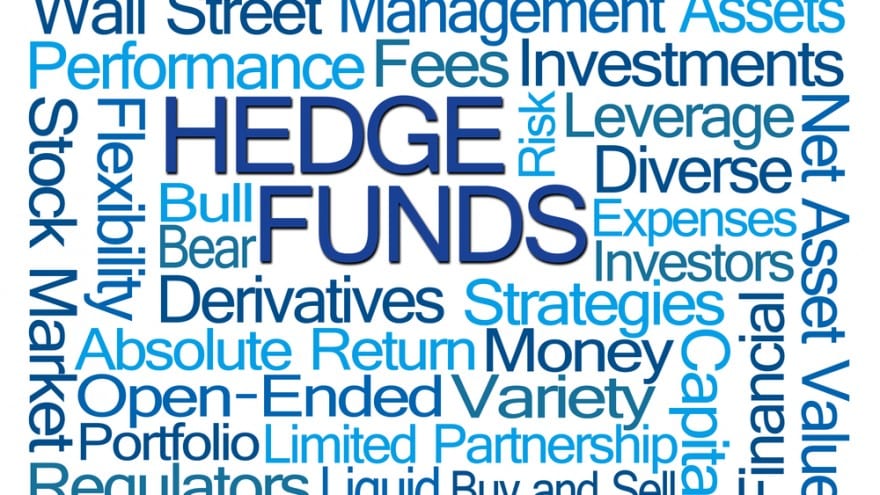The Safe, Profitable Way to Invest in Hedge Funds

Hedge funds continue to make the headlines, largely because of funds that did not hedge anything.
As many investors are finding out, these days “hedge fund” is a generic term that identifies any investment vehicle not subject to SEC regulations. Traditionally a hedge fund purchased investments the managers liked and sold short those that appeared overvalued. There still are hedge funds that actually hedge, but many of today’s hedge funds use different strategies.
Too many of today’s hedge fund managers view their jobs as opportunities to get rich quick. They receive 20% of the investment returns as their incentive fees. Too many of them try for the big kill. Instead of taking a long-term approach, they try to identify big short-term winners and make leveraged bets in those investments. Since their incomes are based on one-year returns, it doesn’t matter to them if the portfolio tanks later. They want one or two years of big returns.
Unfortunately for investors, a portfolio can tank before earning even those one or two years of big returns, or it could lose its value before anyone can cash in the high returns. A failure to hedge or invest with a margin of safety is why we are reading negative stories about so many hedge funds, including those sponsored by world-renowned firms such as Bear Stearns, Goldman Sachs, and BNP Paribas.
We have done better in our portfolio of mutual funds that use hedge fund strategies.
Remember the goals of this portfolio are to achieve over the long term high returns that approach those of the major equity indexes without the periodic large losses and bear markets to which stock market investments are subject. We also aim to do this through no-load mutual fund that have reasonable expenses and do not restrict our ability to buy and sell the shares. We seek fund managers who have proven their ability, not youngsters who have potential and pedigrees.
Unlike many of today’s hedge fund investors, we balance our portfolio among funds that typically are not highly correlated with each other or with the equity markets. At almost any time, some funds are doing well and others are not. Over the long term, each earns a solid return and together they enable the fund to earn high returns without periods of steep losses.
The box shows that through June 30 the portfolio has achieved our goals over the long term. How did the portfolio do during the period of extreme market stress from July 6 through August 7?
The portfolio overall lost 2.38% for this period. That is much less than the losses incurred in traditional portfolio assets such as U.S. stocks, bonds, and real estate. The S&P 500 lost about 8% during that period.
One big help to the portfolio was Hussman Strategic Growth. The fund comprises 20% of the alternatives portfolio and returned 3.04% during this one-month period. Also generating solid returns was American Century International Bond. It benefited from the decline in the dollar, returning 3.65% with its 5% of the portfolio. Wintergreen Fund and Berwyn Income did not earn positive returns, but they had small losses of less than 1.5%. Wintergreen buys deeply undervalued stocks. Berwyn Income looks for income-paying investments that are selling at discounts and have a margin of safety. It normally buys a lot of high yield bonds, but it will shun them for other income investments when high yield bonds are not good values.
The big loser was Cohen & Steers Realty Shares, giving up 12.25% for the period. REITs were hit hard before the credit crunch, and their decline accelerated during the crunch. They are in a bear market.
The next biggest losers during the period were Schwab Hedged Equity and Third Avenue Value with losses of over 6.6%. The other funds all lost 3% to 5% during the period. By choosing managers who are value-oriented within their asset classes, we often limit losses to less than those for their asset classes. Price High Yield, for example, lost only 3.45% during a period when the high yield market was collapsing.
This is the way hedge fund investing is supposed to work. The funds have low correlations with each other and with the major market indexes. This gives the overall portfolio a low correlation with major market indexes. Hedge fund portfolios are supposed to maintain most of their value or even appreciate when the major market indexes are declining.
We cannot guarantee periods of no losses in this portfolio of alternative funds. But the portfolio is likely to continue avoiding the steep losses inherent in portfolios made up of traditional mutual funds and certainly will avoid the meltdowns we have seen in hedge funds that seek high short-term gains with leveraged bets.
![]()





